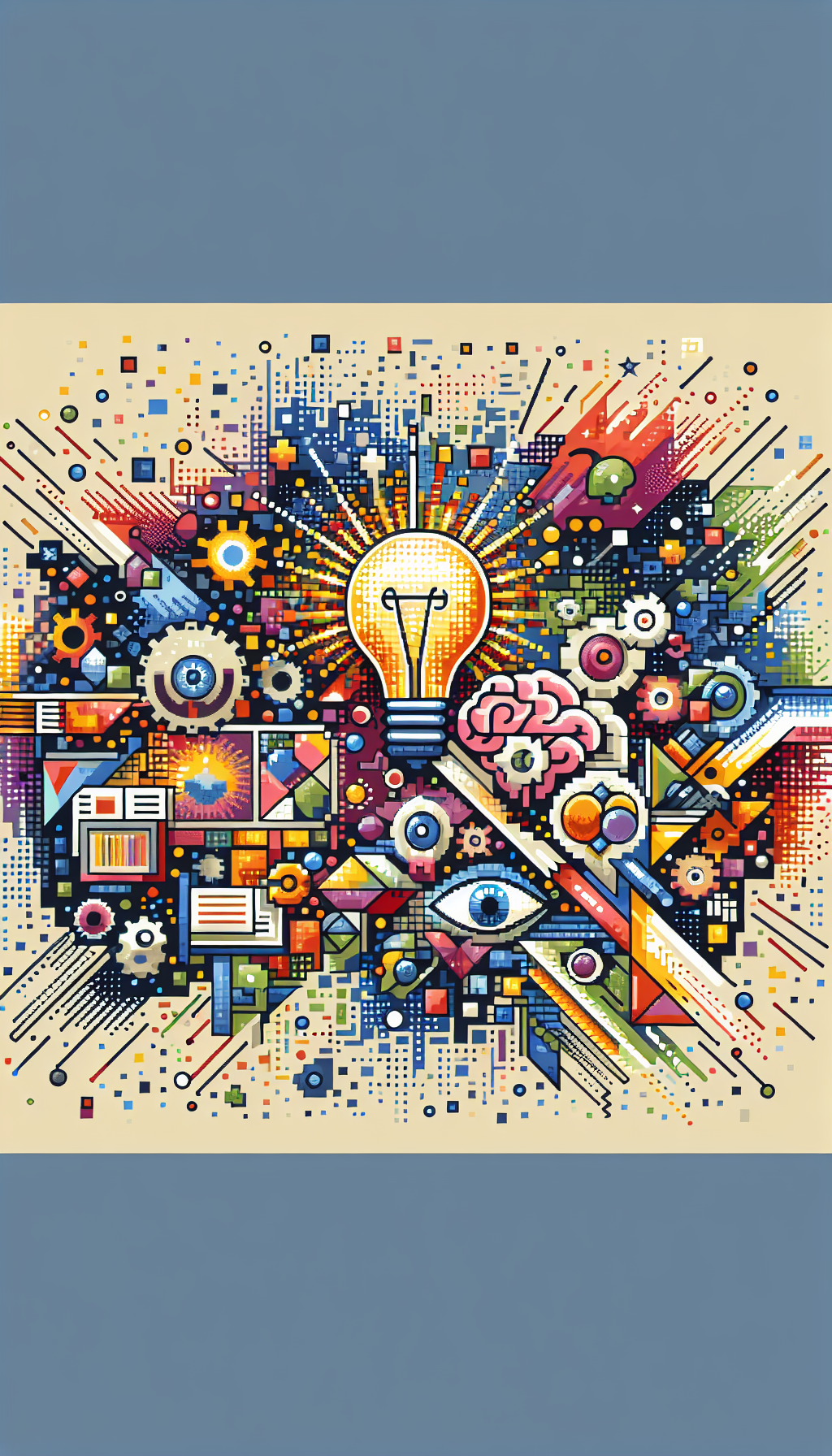At its core, visionary thinking is an amalgamation of creative imagination, strategic foresight, and astute observation. It’s not just about having ground-breaking ideas; it’s about having the insight to see opportunities where others see obstacles, the audacity to challenge existing norms, and the courage to turn possibilities into realities.
So, what does visionary thinking mean in today’s constantly changing, digitally-driven world?
In the realm of business, visionary thinking has never been more critical.
In an environment where competition is fierce, customer demands are ever-evolving, and technological advances are rapid, businesses must harness the power of visionary thinking to stay ahead.

Today, not only is it about providing top-notch products or services, it’s about foreseeing future trends and customer needs, pioneering innovative solutions, and reinventing business models to create unprecedented value.
Visionary thinking isn’t confined to the boardroom or the realm of entrepreneurship. It’s equally vital in the field of education. With the advent of digital learning platforms and the increasing importance of lifelong learning, educators and policymakers must adopt a visionary mindset.
Today, the goal is not just to impart knowledge; it’s to cultivate critical thinking, foster creativity, and equip learners with the skills needed to navigate and thrive in an unpredictable future.
In the sphere of social change, visionaries are those who look beyond the present challenges to visualize a better world. They’re the ones who pose the tough questions, challenge societal norms, and drive change. By imagining a future where social inequities are eradicated, they initiate dialogues and actions that spur progress towards a more equitable and sustainable society.
Without a doubt, visionary thinking is a powerful tool that can be harnessed in various fields.
But how does one cultivate this potent capability?
First and foremost, it’s about nurturing a mindset of curiosity and openness. This involves actively seeking new experiences, knowledge, and perspectives.
It’s about questioning, exploring, and learning continuously.
Secondly, it’s about mastering the art of strategic foresight. This means developing the ability to anticipate future trends and scenarios based on present data and patterns. It’s about being able to envision multiple possible futures and strategically plan for them.
Lastly, it’s about having the courage to innovate and take risks. After all, visionary thinking is not just about seeing the future; it’s about creating it.
To sum it up, visionary thinking is the cornerstone of progress and innovation in today’s complex, rapidly changing world. By nurturing a mindset of curiosity and openness, mastering the art of strategic foresight, and having the courage to innovate and take risks, individuals, businesses, and societies can harness the power of visionary thinking to create a better future.